Find out what it takes to be an F1 strategist from Alfa Romeo Racing's Senior Strategy Engineer Ruth Buscombe, Racing Point's Senior Strategy Engineer Bernadette Collins, Carlos Sainz’s McLaren Race Strategist Daren Stanley and McLaren's Head of Race Strategy Randeep Singh. Words by Matt Youson.
As Formula 1 becomes increasingly accessible and the depth of coverage grows ever more comprehensive, so the people sitting on the pit wall become more recognisable. Where once the roll call of familiar faces beyond the cockpit started and stopped with team principals and superstar designers, in modern F1, fans will now easily identify race engineers, sporting directors and team managers as key players in how a team’s race weekend unfolds. And yet the only figure likely to still be granted a degree of anonymity in the cast of pit wall characters is the one whose input can often shape the outcome the most – the trackside strategist.
Strategy is F1’s dark art and team strategists are its practitioners of the arcane, using mathematical models and probability matrices to plot the most logical route to the best possible finish for their cars.
READ MORE: 2020 F1 race times confirmed - including Vietnam and Dutch Grands Prix
You’re constantly re-evaluating your strategy, the same way you’ve been doing in the three months since picking the tyres.
However, despite the intricately formulated plans of attack, it remains the logic of the whodunit – glaringly evident with hindsight but only opaquely discernible in real time.
Indeed, even in the aftermath of a race, it isn’t common to receive full disclosure, with teams remaining tight-lipped on whether a particular decision was made by choice or forced upon them by necessity. Ask a team to reveal details of tyre wear, fuel usage or even their decision-making matrix and the shutters are likely to come down firmly. As such, the contribution of strategists remains firmly in the shadows and, like goalkeepers in a football match, they’re only really cast into the spotlight after a bad call.
READ MORE: Why Leclerc and Verstappen deals leave Mercedes with a big decision
These are more likely at the beginning of a season. Strategy is driven by statistical data, and with new cars, new rules and – for many teams – new drivers, there just isn’t enough data out there. It makes the task of plotting the perfect race that much tougher – but ultimately also more rewarding.
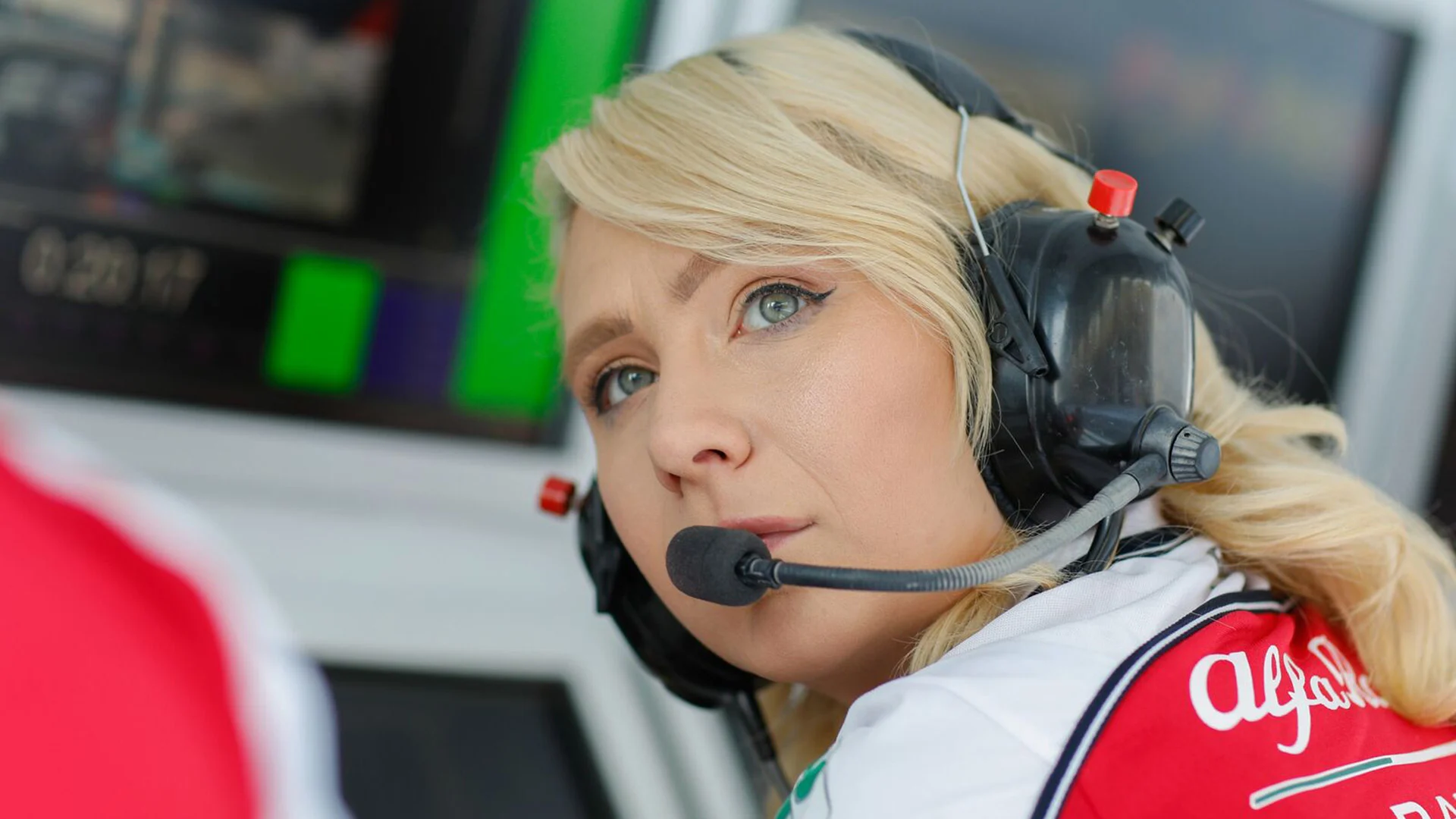
Early season gains
Ruth Buscombe is Alfa Romeo’s senior strategy engineer. “Talk to most strategists and they’ll say they like this [early] stage of the season the most – because they like being able to influence the race. Just like drivers enjoy wet races, so strategists enjoy races where they can make a bigger difference. At the start of the year, when there are more variables in play, do a good job and you can maybe make up a pit stop on another team. Later in the year, when things are better understood, it may only be a position, or a handful of seconds.”
Buscombe is a trackside strategist, and can be found on the pit wall over the race weekend. The common arrangement for teams is to have one strategist at the track, and others working from the factory.
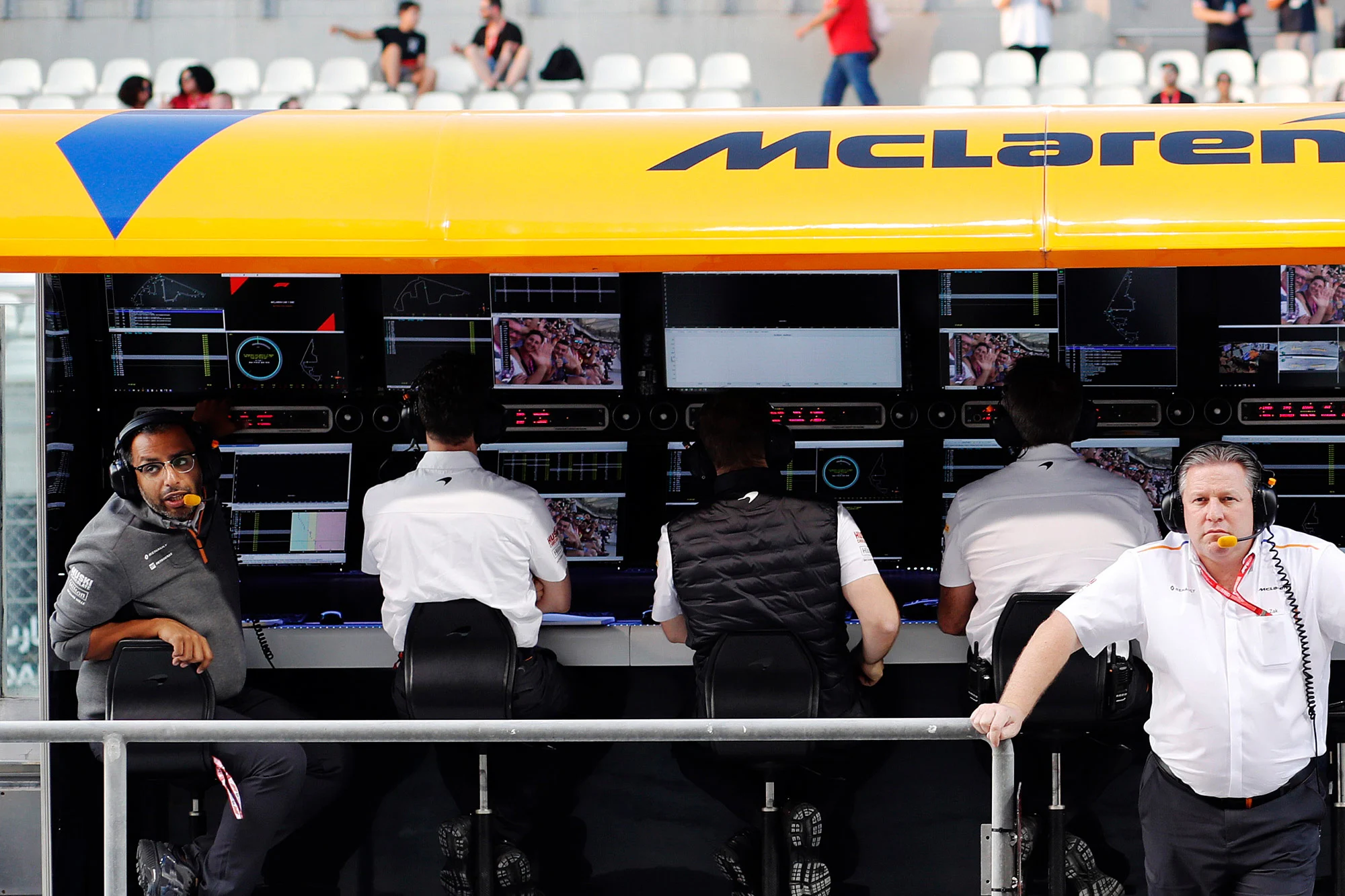
Planning ahead
Just how many others depends on the size of the team: thus Alfa Romeo Racing have one strategist working back at Hinwil, whereas Randeep Singh, McLaren’s head of race strategy, has a larger group back in Woking.
“There are four of us in the strategy team," he says. “I’m responsible for overall strategy, while we have a strategist for each individual car, and another studying our competitors. We’re constantly in discussion, via intercoms, and with software running in the background that lets us communicate seamlessly. Pretty much every bit of analysis we do, we do as a team.”
READ MORE: 8 Records in danger of being broken in 2020
Using historical data, teams start sketching out a strategy for a race more than three months in advance, when they are required to choose tyres for flyaway races. This is refined as more data becomes available.
The closer the team gets to race day, the better the data available, with the most-prized data being gathered over the race weekend itself. It is Free Practice 2 in particular on which Sunday strategy is dependent. Held at the same time of day as the race, this is when teams tend to carry out a qualifying simulation and a high-fuel long run, intended to replicate a race stint. The latter tends to be the foundation upon which the race strategy is based – but the process of fine-tuning begins earlier in the week.
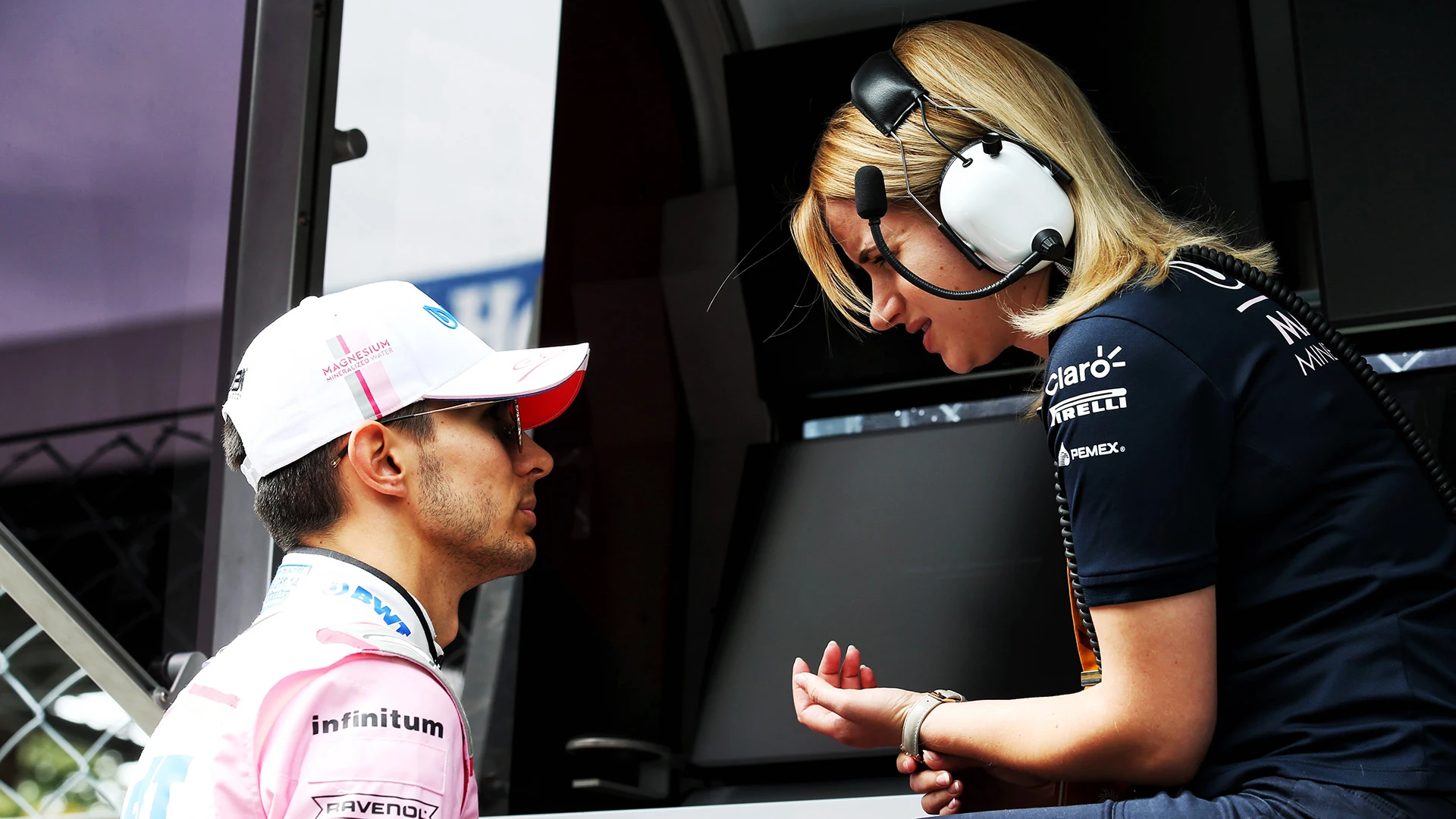
Approaching race day
Bernadette Collins is senior strategy engineer at Racing Point. “For a standalone race, we start prep on the Monday of race week. We look at what happened in previous years; what we think the weather conditions are going to be; the level of degradation in the past. We try to predict what our race will look like: how many stops; when those stop laps might be. That sets the tone for our Friday and Saturday, helping us prioritise what we want to learn: do we drive the long runs like we’re doing one stop or two? How much are we trying to get out of a tyre? What information do we need to acquire?”
The practice sessions are the point at which prediction collides with reality. While drivers are learning their lines, and race engineers tweaking a set-up, strategists are checking their inputs: is pace as expected? Is tyre degradation following the model? They also double-check some of their more straightforward assumptions to rule out errors of the sort that in recent times have seen teams make surprising mistakes such as miscalculating the time needed for a pit stop from pit entry to exit.
Strategy is 98 per cent preparation, and not the high-speed chess you get to see on TV, which is – as with most jobs – the tip of the iceberg
“The practice sessions set in stone the things you estimated in advance,” says Collins. “You get a tyre model on Friday, qualifying positions on Saturday and then, on Saturday night, we run our simulations and say: ‘Okay, with these qualifying positions, given the pace we have, where everyone else is, and what we saw on Friday – what’s our best race?’”
Thus, teams arrive on race day with their race strategy in place. It is, however, an exceptional race that goes by the numbers.
READ MORE: F1 RULES & REGULATIONS - What’s new for 2020?
“We can model a race really well, so long as the car is racing by itself – what makes race strategy difficult is other cars!” says Singh.
“You’re constantly re-evaluating your strategy, the same way you’ve been doing in the three months since picking the tyres.” Thus, alongside the very-unlikely-to-happen perfect race, strategists earn their corn via a range of back-up plans, designed to cater for all eventualities.
“Strategy is 98 per cent preparation, and not the high-speed chess you get to see on TV, which is – as with most jobs – the tip of the iceberg,” says Buscombe. “You go in with Plan A, which is the race without safety cars, in which the tyres behave as you are expecting, and the drivers make the start you expected – but you’ve stayed late at the track on Saturday night working out the triggers that will make you abandon Plan A.
“Before the race, we’ve taken all the different scenarios and distilled them into clear messages for the drivers and everybody in the team. They will know exactly what Plan B or Plan C means in terms of what tyre we’re going to fit next. They don’t suddenly have to worry about the numbers because we’ve done all the work in advance. We do it that way because doing the maths live during the race normally doesn’t work out well.”
While a change in the weather tends to cause the maximum amount of disruption, and tyre degradation is the most common reason to change plans, the sweet spot between the two is reached when a Safety Car is deployed. It can change a race in an instant and lead teams to make big decisions – though, in reality, those decisions have most likely already been made.
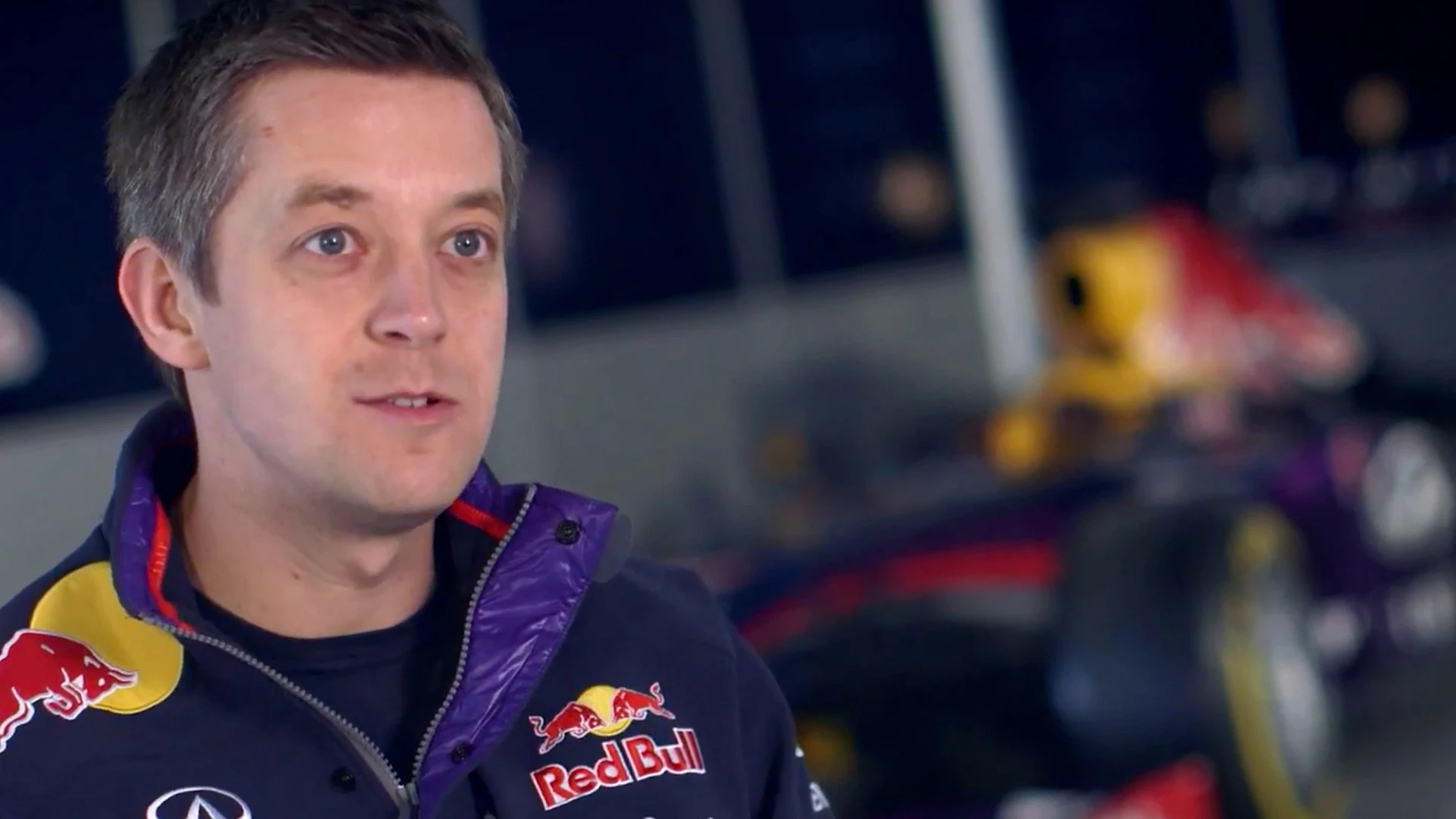
When preparation pays off
On lap 31 of the 2018 Chinese Grand Prix, eventual winner Daniel Ricciardo was lying fifth, 13 seconds behind the leader and largely out of contention. When the Safety Car deployed, he and team-mate Max Verstappen pitted automatically.
As Red Bull Racing’s Head of Race Strategy Will Courtenay explains, the drivers were ‘in the window’, prepared to pit without further instruction, should they see a Safety Car warning.
READ MORE: 5 bold predictions for the 2020 F1 season
“We’d already made the call, maybe five laps earlier,” Courtenay says. “The drivers knew to pit under those circumstances. It just so happened the Safety Car was deployed as they were approaching the pit entry. I didn’t say anything at all: everyone knew what they were doing, which tyres would be fitted, and 10 seconds later they were outside the garage. It’s the perfect example of why you make those decisions early. You can’t do that on the fly; we wouldn’t have been able to react in time. While strategy is a science, it isn’t an exact science, and thus, while instructions tend to be relayed to the driver crisply and seemingly filled with confidence, under the surface, doubt remains.
“In a funny way, the situation in China was perfect because we didn’t have time to reconsider what we would do. It’s easy to say we’ll pit if the Safety Car comes out, but when the Safety Car does come out, there’s an element of second-guessing. If we’d have had a whole lap to think about it, who knows? Maybe we’d have hedged our bets a bit and decided to split the cars. We weren’t certain we’d made the right call until the restart, when it was clear we were looking pretty racy.”
It was a similar situation for Courtenay in one of Red Bull’s most famous victories – Sebastian Vettel’s drive to title glory at the 2010 Abu Dhabi Grand Prix.
“It was a confusing race. Seb was leading but Mark [Webber, team-mate] and Fernando [Alonso] were also in the hunt for the win and title,” he says. “We pitted Mark because his tyres were falling away. Alonso copied to cover, and we were very close to pitting Seb as well. Just as we were about to do that, his tyres started to recover. We stayed out, he won the race and the title as a result. It came down to a lap or two; that’s the difference between it being the best decision we ever made and us losing a World Championship.”
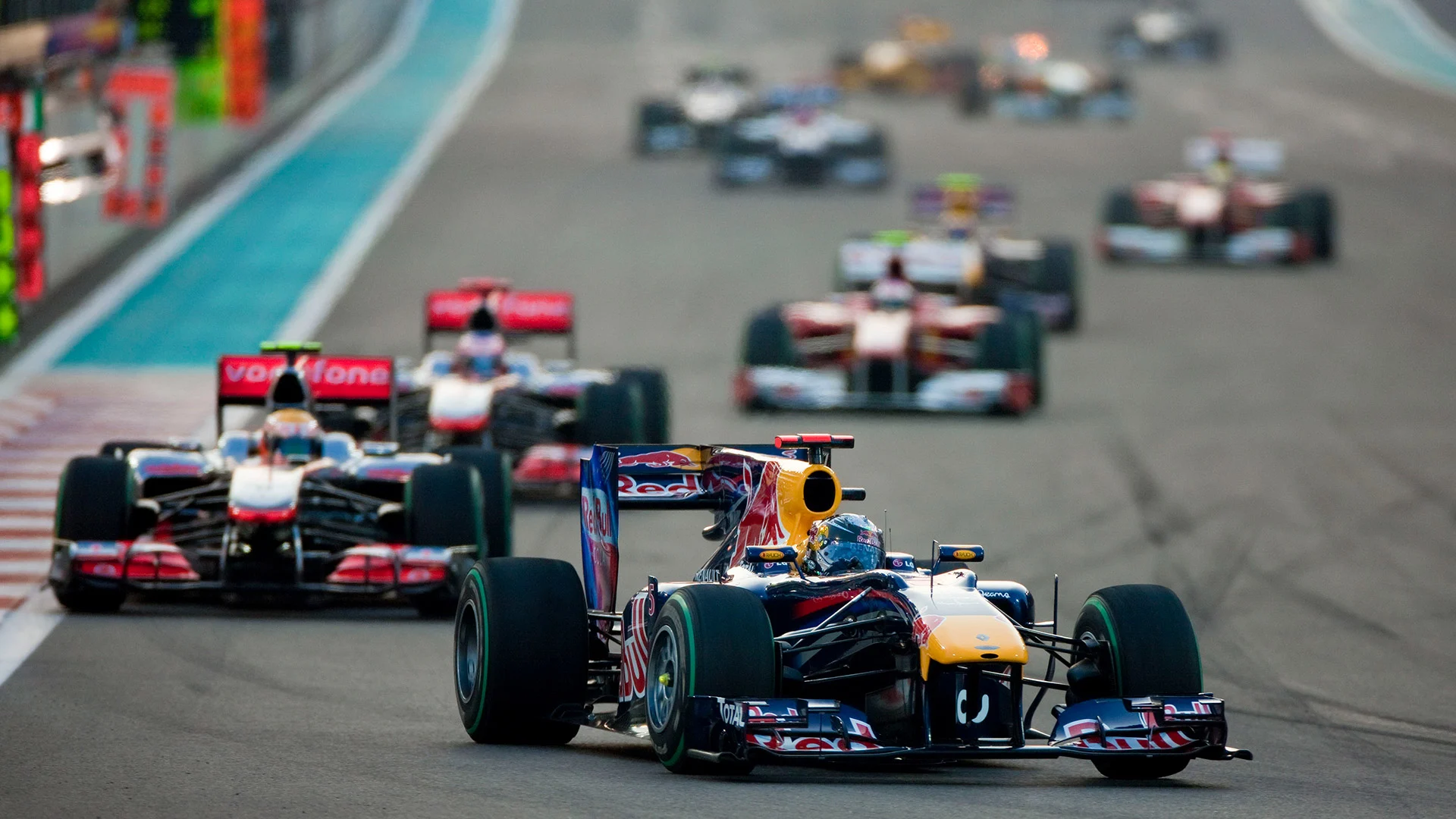
The post-race 'poker game'
Much of the work strategists do comes in post-race analysis, studying what they got right and wrong, examining how well their models stacked up with reality, and studying their rivals’ decisions to build a more complete picture of the competition. Self-criticism is a valuable tool – because a good outcome isn’t necessarily the result of a good decision. Opportunities for strategists to second-guess themselves are myriad. While honesty and a hefty dose of self-awareness are useful traits, so too is the ability to look beyond a result.
“It’s like playing poker, in that you have to back yourself to make good decisions, rather than good outcomes,” says Buscombe.
“Everything is based on statistics: if you make a decision based on an 80 per cent likelihood, and the 20 per cent comes up, you made a good decision and were unlucky. Across a season, you’ll perform better if you try to disassociate your emotions from the results as much as possible, and focus on how good a job you did.”
Given the fascination with numbers, and the slightly 'unworldly' reputation of race strategists as a group, that sort of mindset must be second nature.
READ MORE: Andrea Stella promoted to McLaren Racing Director role
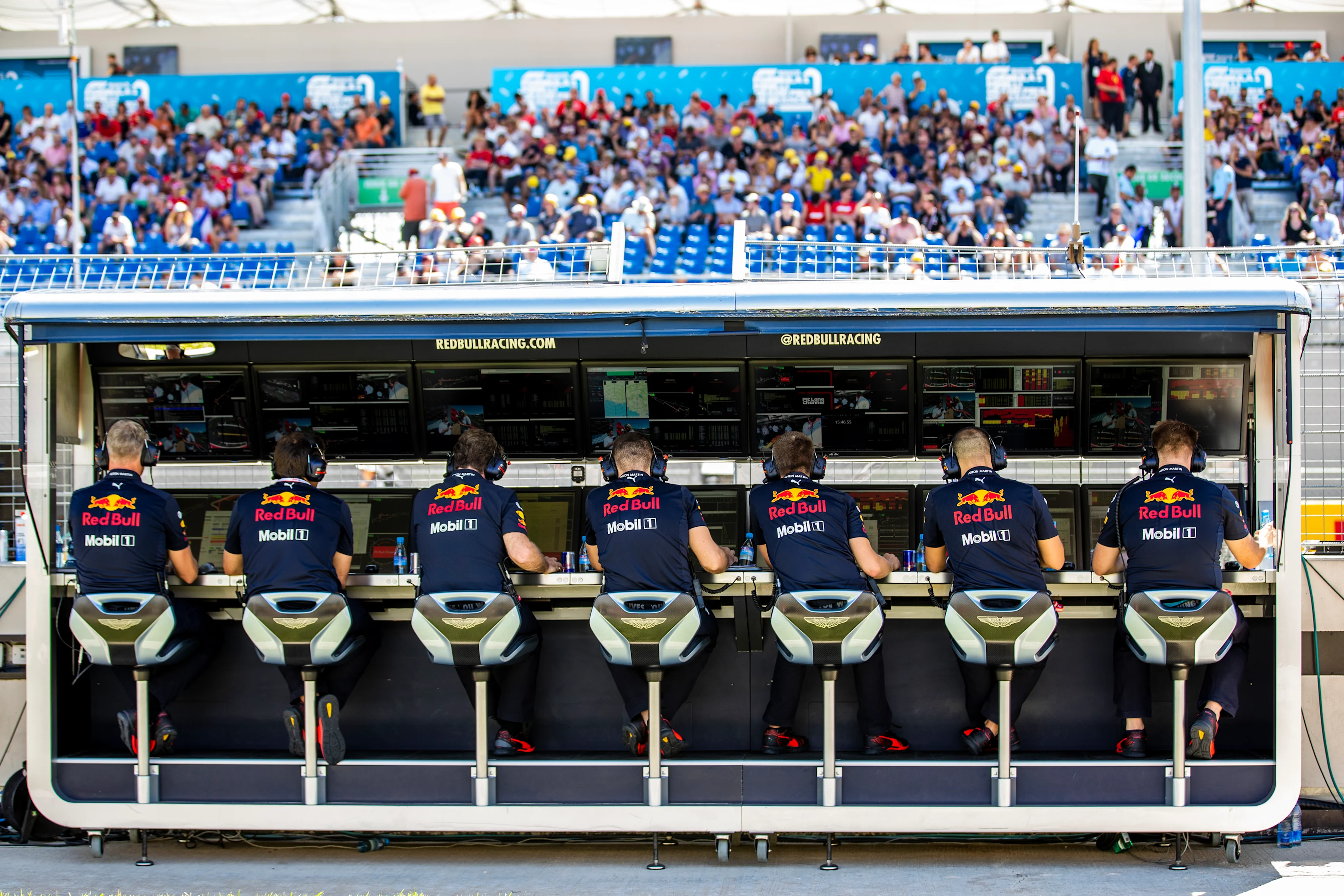
“Oh no, not at all!” laughs Buscombe. “You’re so invested and passionate about what you do. Your whole life becomes racing, whether you want it to or not. It can be annoying – but it’s a privilege to have a job where you really do care what the outcome is.”
This view is commonly held – despite strategists being drawn from a variety of engineering and mathematical backgrounds. Buscombe started in F1 as a simulation engineer; Courtenay worked in race electronics. Singh says he “only ever wanted to be a Formula 1 strategist” and spent time working in international banking while waiting for the opportunity. Collins worked as a performance engineer before making the move.
“I really enjoy racing, and I really enjoyed being a performance engineer – but the race pressure is very different,” Collins says. “As a performance engineer, you can react with the switches, but you don’t necessarily impact the result of the team as strongly – positively or negatively. This isn’t necessarily what I set out to do – but I do enjoy the adrenaline.”
Strategists tend to work the numbers, play the percentages and make smart choices while projecting the aura of calm that allows them to fade into the background. Beneath the façade, however, their hearts are beating like trip hammers – just like everyone else's.
Next Up
/16x9%20single%20image%20(3).webp)
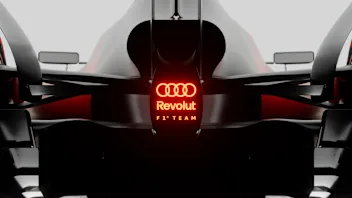



.webp)